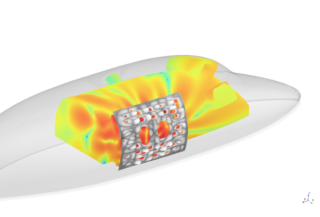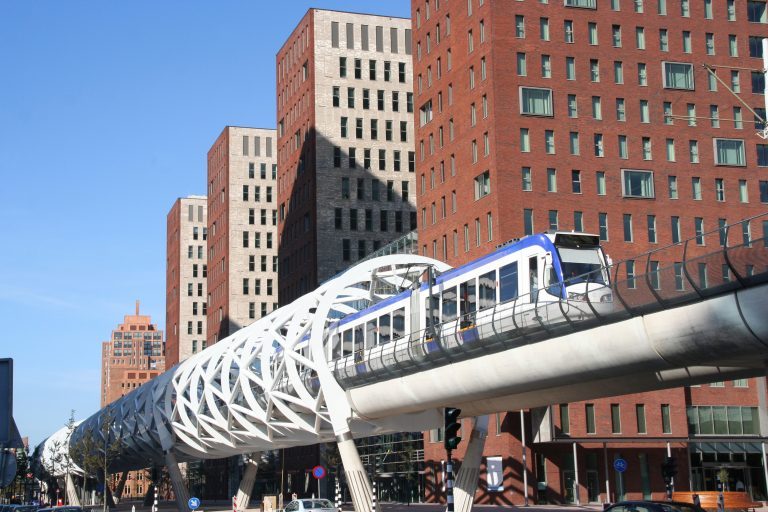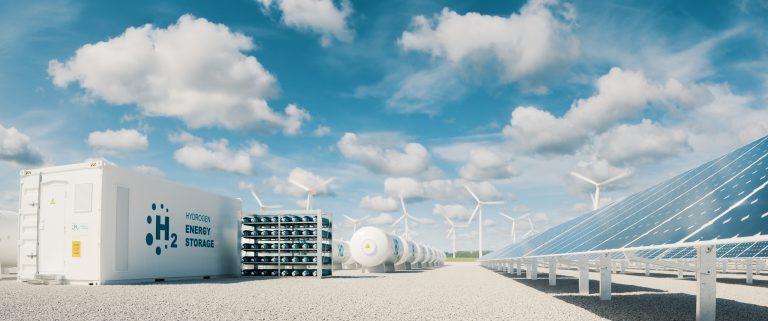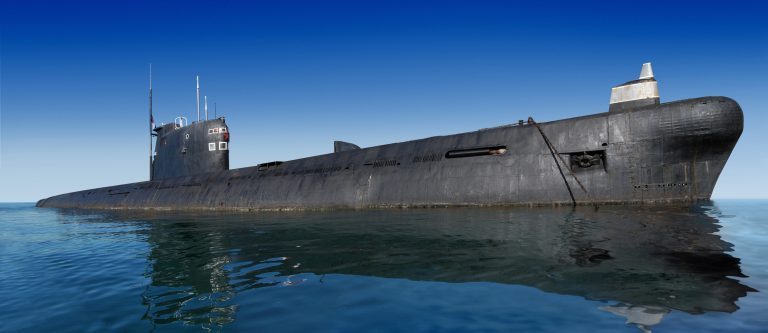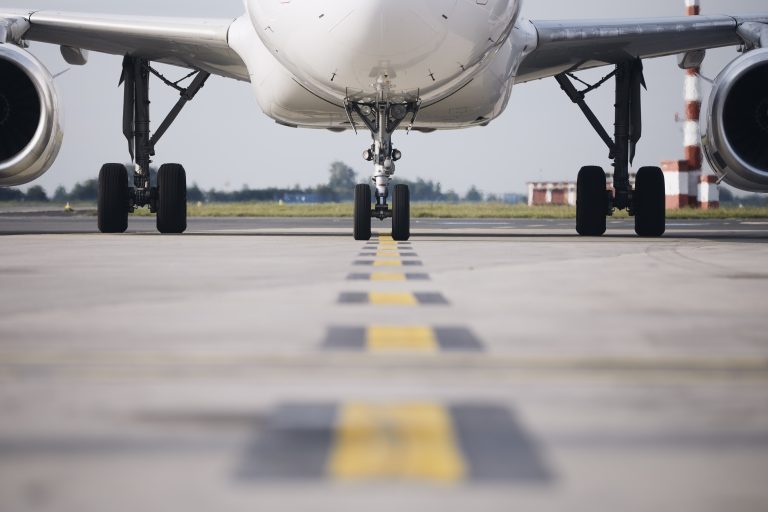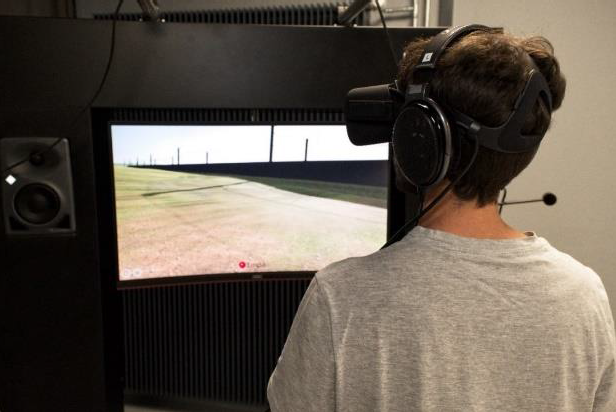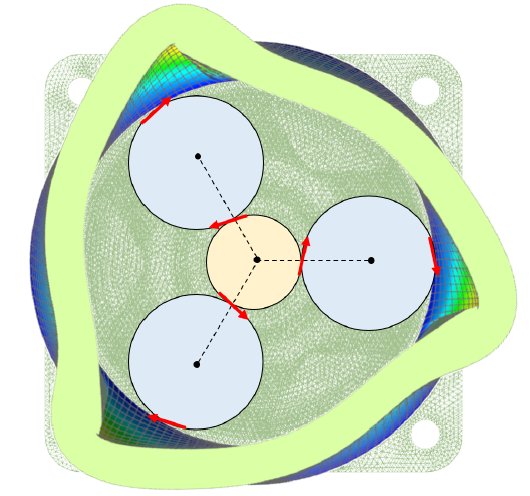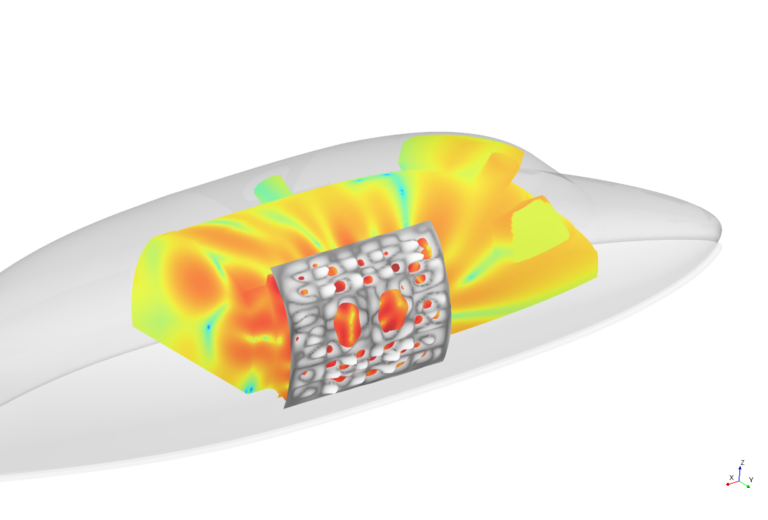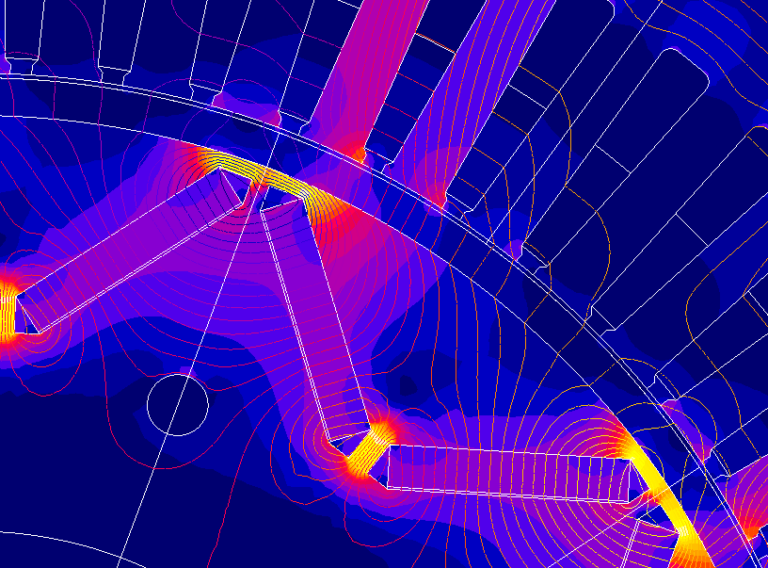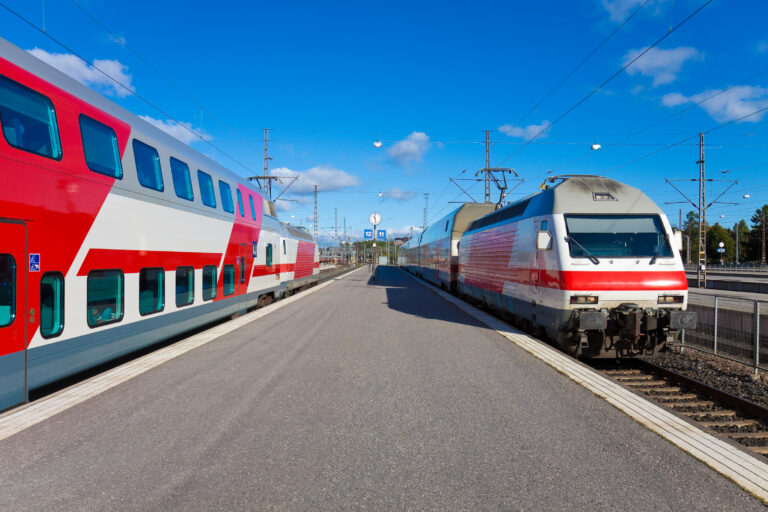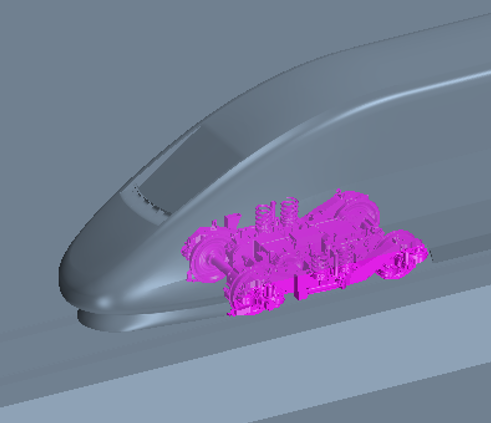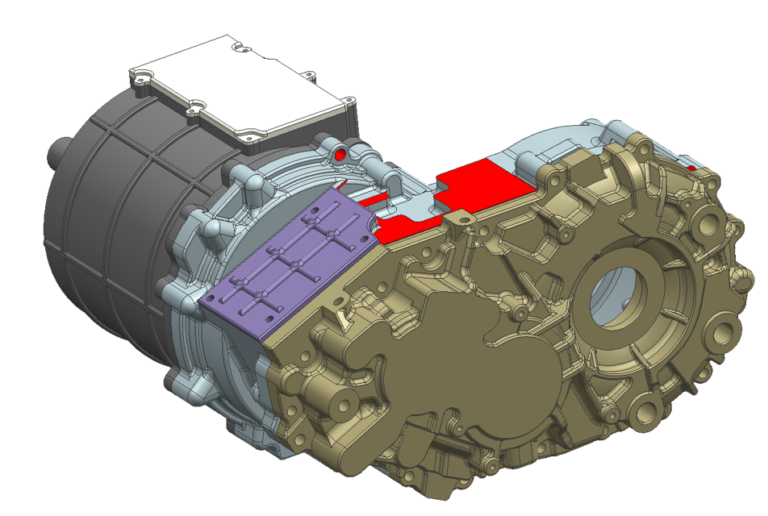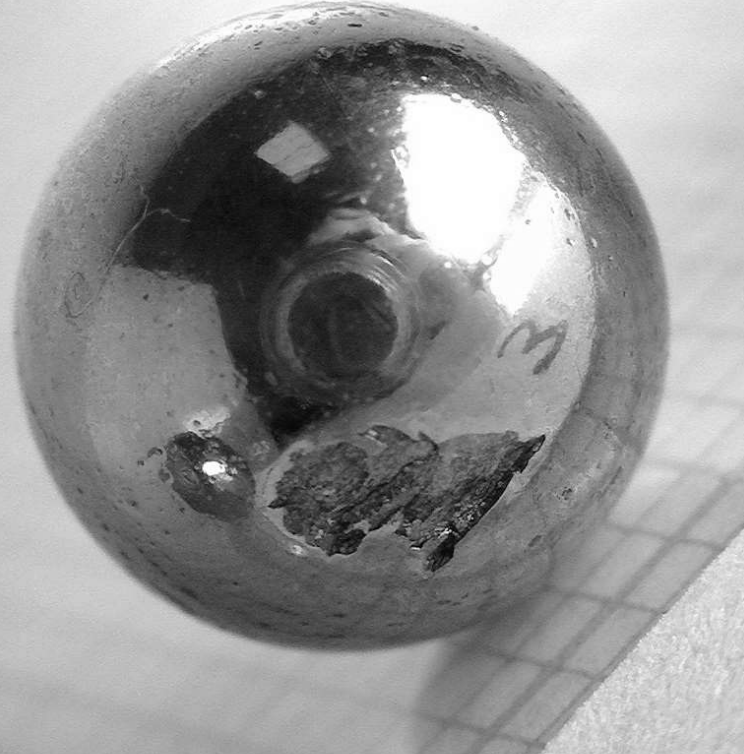The CANOBLE project marks a key step towards quieter flights and greater passenger comfort, combining advanced technology and in-depth research to transform the flying experience.
This article presents an innovative study of cabin noise conducted as part of the CANOBLE project of the European Union’s CleanSky2 program. Using an advanced pressure sensor, the first part of the study measures fuselage excitation by the Turbulent Boundary Layer (TBL) and uses numerical simulations to predict cabin noise transmission. The second part analyzes the results of full-scale wind tunnel tests, validating the measurements and simulations. These data are crucial for improving noise reduction methods and optimizing the design of future aircraft.

